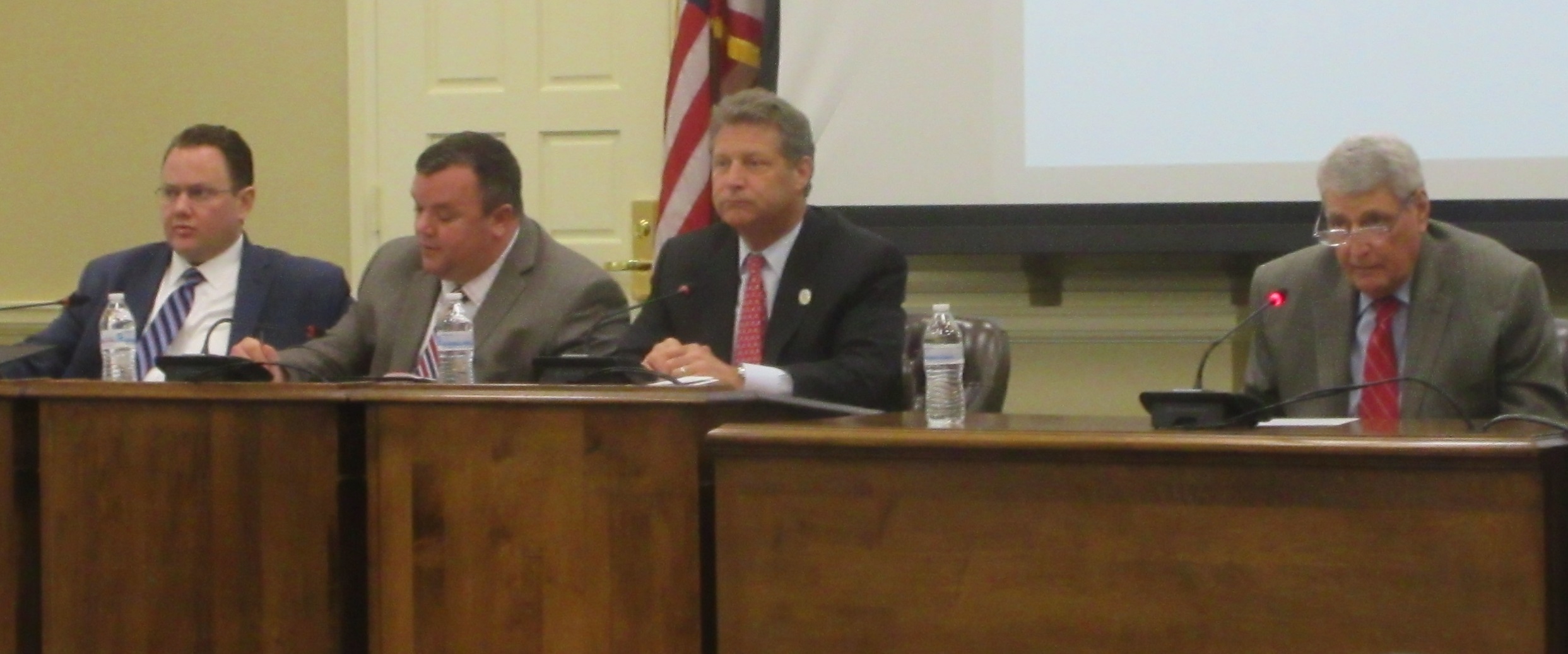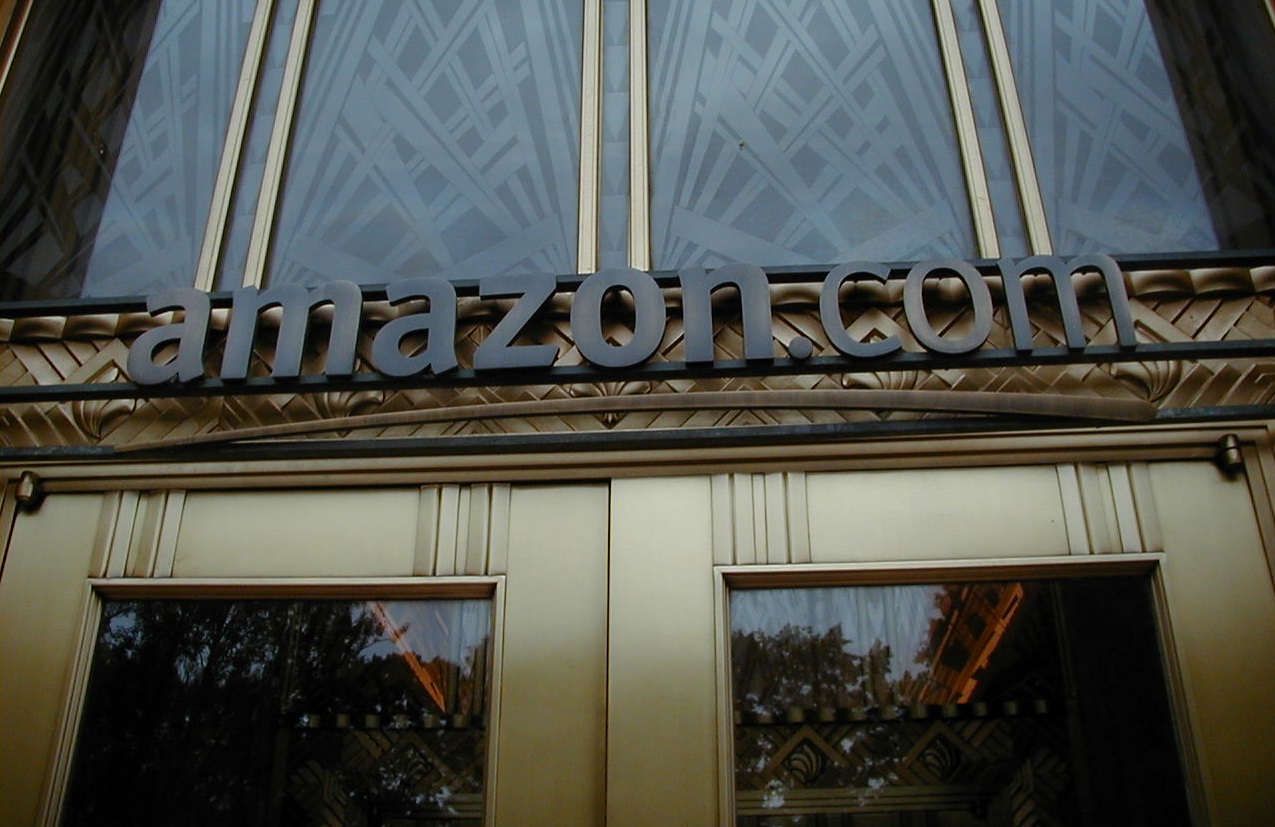By Barbara Pash
Barbara@MarylandReporter.com
Maryland Medicaid could save $167 million over the next decade by taking a more market-oriented approach, according to a new report.
“Medicaid is one of the few pharmacy benefit programs that still relies heavily upon a fee-for-service approach,” said Mark Merritt, president and CEO of the Pharmaceutical Care Management Association (PCMA).
“By operating more like Medicare and commercial market plans, the Maryland Medicaid program could reduce pharmacy costs, increase the use of generics, and save $167 million over 10 years without cutting benefits,” according to Merritt.
PCMA, a trade group representing the country’s pharmacy benefits managers, commissioned the report to look at potential savings among states’ Medicaid fee-for-service users. The Lewin Group conducted the research, doing a state-by-state analysis from which the information about Maryland was extracted.
Fee-for-service and managed care are two pharmacy delivery models. Most states use a fee-for-service approach in which public officials play a role in determining how much to pay drugstores for each prescription filled (dispensing fees) and ingredient costs (the reimbursement for the cost of the actual drugs).
Unlike Medicaid fee-for-service programs, most health plans, including Medicare Part D, federal employee plans, Medicaid managed care plans and commercial-sector employer plans, use third-parties to improve generic utilization and to negotiate pharmacy payments directly with chain drugstores and the drug wholesalers who represent independent pharmacies.
According to the report, the average possible savings for all states was 15%, with a high of over 20% for some states and a low of 5% for others. Maryland Medicaid’s fee-for-service prescription costs could be reduced by 13%, the report said.
The report’s figure of $167 million in savings is just from state taxpayer dollars. It did not include federal matching funds for the prescription drug component. If the federal match is included, Maryland’s total savings would be $356 million over 10 years, according to the association.
In Maryland, 41% of Medicaid prescription costs now flow through the fee-for-service program. The report found savings could be generated in four key areas. They are:
- Generic drug dispensing. Just 62% of prescriptions dispensed by Maryland Medicaid’s fee-for-service in early 2010 were generic, while about 80% in Medicaid managed care plans were generic.
- Dispensing fees. Maryland Medicaid pays an average dispensing fee of $3.31 per prescription to retail pharmacies, while the average dispensing fee paid by Medicare Part D, Medicaid managed care organizations and other health plans is $2 per prescription.
- Ingredient costs. Retail pharmacies are currently reimbursed at a higher average rate than Medicare Part D or the commercial sector.
- Drug utilization. The number of prescriptions dispensed per person in fee-for-service is typically higher than in Medicaid managed care plans because of less effective controls, fraud, waste and other factors.
John Folkemer, deputy secretary for health care financing at the state Department of Health and Mental Hygiene, said that 900,000 Marylanders are on Medicaid. About 80% are in managed care organizations, and the remaining 20% in fee-for-service plans.
He said the state has commissioned an in-depth analysis of its Medicaid program that is due after the new year. The analysis is looking at three areas of Maryland Medicaid: claims processing, eligibility, and utilization review, including prescription use.
“We are eager to see what specific recommendations the analysis comes out with,” said Folkemer, who was not familiar with the PCMA report and declined to comment on it specifically.
Neil Bergsman, director of the Maryland Budget and Tax Policy Institute, said that it is important to make health care spending efficient and effective.
“I have no doubt there are inefficiencies in expenditures being made in the area of pharmaceuticals and other kinds of services as well,” Bergsman said.
Medicaid is a $6 billion annual program in Maryland, and a $167 million savings over 10 years seems like “a modest amount” to Bergsman.
Still, given the state’s looming $1.2 billion budget gap, “every little bit helps,” he said.






Recent Comments